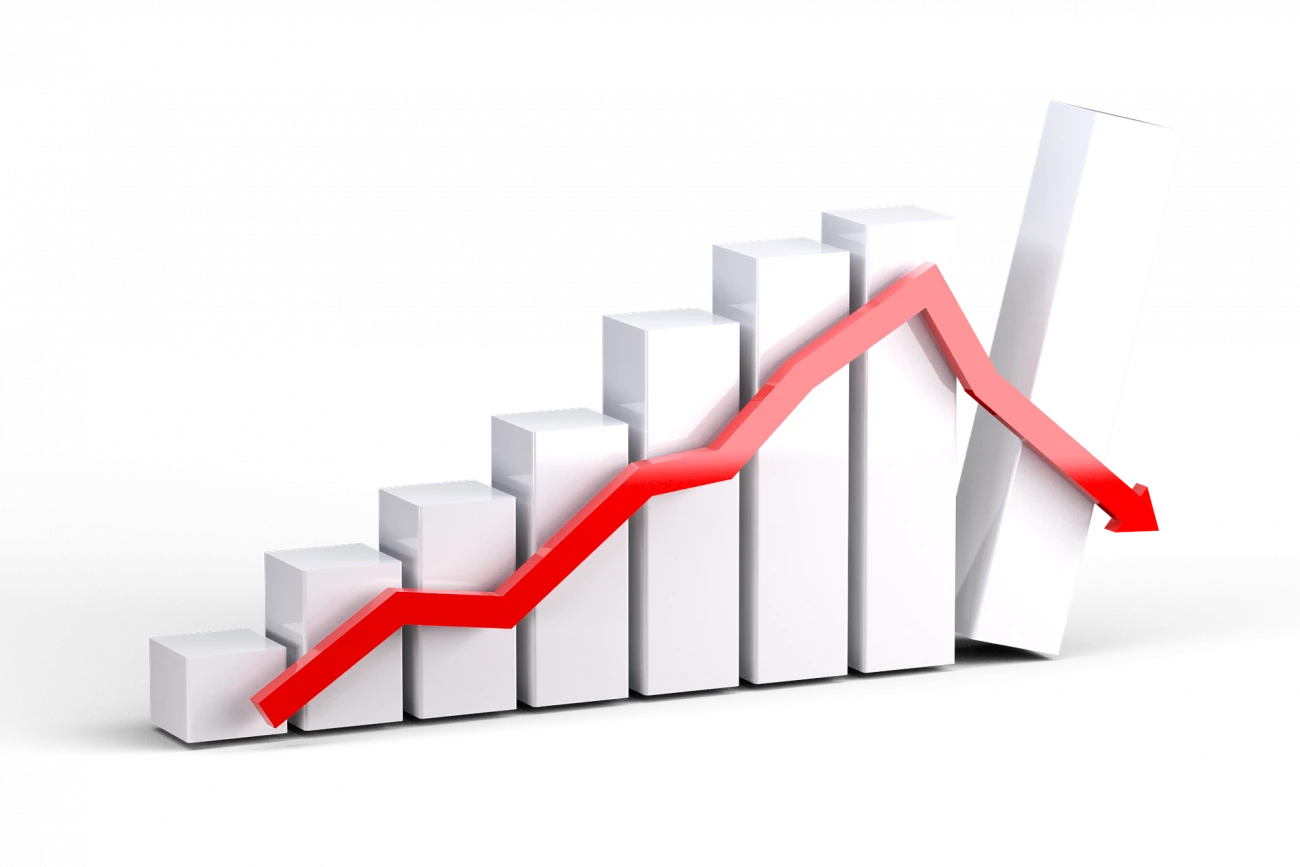The US sports betting calendar is the same every year and handle and revenues typically follow suit. But there are other trends to be gleaned from the cycles as well, analysts said on a webinar on Tuesday (30 July).
The session, entitled “A Year in the Life of Sports Betting”, was presented by Geoff Atkinson and Matt Roob. Atkinson is the marketing research manager for Management Science Associates and Roob is senior vice-president of financial analysis for Spectrum Gaming Capital. Throughout the presentation, the analysts used graphs and data compiled using the Spectrumetrix data service.
Atkinson began the discussion by breaking down graphs from states that report wagering figures for individual sports. The examples included Illinois, Mississippi, Nevada, South Dakota, Oregon and Montana.
Overall, the states showed similar patterns according to the US sports schedule.
Totals are lowest in the summer when baseball is the only major sport in season. Then in the fall, the start of football and basketball seasons cause a spike that lasts through February. Finally, NCAA March Madness causes one final surge in the spring before the cycle repeats.
Wake up everyone, today is a Sports Equinox — the only day in 2023 where all four major U.S. sports leagues (NFL, NBA, MLB, and NHL) hold games on the same day. This is just the 29th day it has ever happened. Let’s gooo!! pic.twitter.com/rBhdA4P9MV
— Joe Pompliano (@JoePompliano) October 30, 2023
Differences between markets and role of team success
But when looking at individual sports and markets, nuances start to appear.
For example, Atkinson showed that for March Madness, Oregon and Illinois recorded the lowest percentages of basketball betting compared to overall handle for the six states mentioned. This, he said, was likely due to the fact that both states have NBA teams that play during that time whereas the others do not.
During the fall/winter NFL season, all the states mentioned showed similar trend lines but the analysts noted that the maximum percentage of football betting for overall handle varied from 30% to 80%.
The role of team performance in specific markets was also noted. In a market like Las Vegas, bettors come from all over and place bets on all teams. Therefore, the analysts showed that the number of bets placed on the NHL’s Las Vegas Golden Knights stayed largely the same in 2022 and 2023. In 2022, the team missed the playoffs entirely but won the Stanley Cup in 2023.
Team performance does seem to affect wagering in markets that are more locals-centric. One example given was in Reno – betting handle increased markedly when the Nevada Wolf Pack men’s basketball team was good enough to make the NCAA tournament in 2023 than when it didn’t in 2022.
Applying insights to states that don’t report by sport
Next, the analysts took these insights and applied them to markets that don’t report by sport. There’s more nuance in these markets. Two examples given were higher bet totals during basketball season in Indiana, where the sport is most popular, and higher totals during football season in Pennsylvania, where there are two famous NFL franchises (Steelers and Eagles) and a general lack of recently successful teams in other sports.
Team performance is also relevant. The Detroit market saw a jump in football betting in 2023 thanks to the Lions’ 12-5 season and NFC Championship berth. The Pittsburgh market, by contrast, saw flat totals year-over-year as the Steelers went 9-8 and 10-7 the last two seasons.



